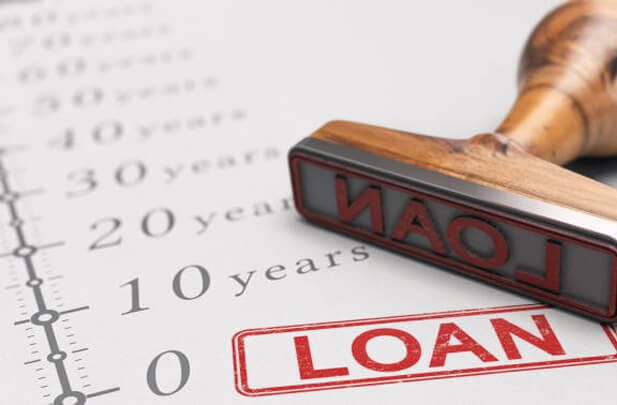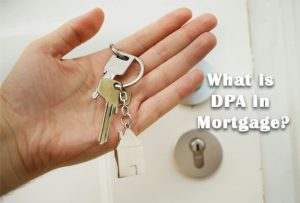Understanding the intricacies of mortgages is crucial for anyone aspiring to own a home. Whether you’re a first-time buyer or a seasoned investor, navigating the world of home financing can be a daunting task. Fear not – Sire Finance is here to guide you through everything you need to know about mortgages in the United Arab Emirates.
Let’s start with the fundamentals. What exactly is a mortgage, and how does it work in the UAE?
What is a Mortgage?

A mortgage is a financial instrument that enables individuals to purchase real estate without having to pay the full purchase price upfront.
It is essentially a loan provided by a financial institution, typically a bank, where the property itself serves as collateral. In return for the loan, the borrower agrees to repay the amount borrowed, along with interest, over a specified period.
Financial products like mortgages play a pivotal role in making homeownership accessible to a broader segment of the population, allowing individuals to spread the cost of a property over an extended period, usually ranging from 15 to 30 years.
How Does a Mortgage Work?
Central to the process of owning a home is first understanding how mortgages work. Before presenting you the step-by-step breakdown of how mortgages work, it’s crucial you understand that your monthly mortgage payment doesn’t go to just one thing. It’s like dividing it into four buckets, and each bucket serves a different purpose.
These buckets are hence named Principal, Interest, Taxes, and Insurance.
- Principal. Think of this as the part of your payment that goes towards actually owning your home. It’s like chipping away at the total amount you borrowed.
- Interest. This is the cost of borrowing money, and it’s paid to your lender for letting you use their funds to buy your home. In the early years of your mortgage, a larger chunk of your payment goes here.
- Taxes. You contribute a bit each month to cover your annual property taxes. This amount is based on the assessed value of your home and the local tax rate.
- Insurance. Lenders need you to have insurance to protect your home from things like fire, theft, or accidents. You might also have a separate payment for mortgage insurance, depending on your downpayment or loan type.
Step-by-step Guide to Mortgages

Here’s a step-by-step breakdown of how a mortgage works:
1. Loan Application
The journey begins with you, as the prospective homeowner, applying for a mortgage. Lenders, usually banks or financial institutions, assess various factors such as credit history, income, and debt-to-income ratio to determine the borrower’s eligibility.
2. Property Valuation
Once approved, the lender appraises the property to assess its value. This valuation helps establish the loan amount and ensures that the property serves as adequate collateral.
3. Interest Rates and Term
Borrowers can choose between fixed-rate and adjustable-rate mortgages. A fixed-rate mortgage maintains the same interest rate throughout the loan term, providing stability. In contrast, adjustable-rate mortgages may see fluctuations in interest rates based on market conditions.
4. Down Payment
Homebuyers typically contribute a down payment, which is a percentage of the property’s purchase price. The remaining amount is covered by the mortgage. In some cases, government programs or financial institutions may offer assistance for down payments.
5. Repayment
Borrowers repay the mortgage over an agreed-upon period, making monthly payments that include both principal and interest. Early payments primarily cover interest, while later payments contribute more to the principal amount.
6. Equity Buildup
As payments are made, homeowners gradually build equity – the portion of the property they truly own. This can be beneficial for future financial endeavors, such as accessing home equity for renovations or using it as a stepping stone to larger real estate investments.
7. Completion and Ownership
Upon completion of the repayment period, the borrower becomes the full owner of the property. This marks the successful culmination of the mortgage journey, turning homeownership dreams into reality.
How Long is House Mortgage?

The duration of a house mortgage, commonly known as the “loan term,” can vary.
In the UAE, mortgage terms can range from 5 to 25 years, depending on the lender and the specific terms of the mortgage agreement. Mortgage options and terms can be influenced by various factors, including the borrower’s financial profile, the property type, and prevailing market conditions.
The choice of the mortgage term depends on your financial goals, preferences, and ability to manage monthly payments as a borrower.
Shorter terms often come with higher monthly payments but lower overall interest costs, while longer terms result in more manageable monthly payments but may accrue more interest over the life of the loan. Borrowers need to select a mortgage term that aligns with their financial circumstances and long-term plans.
Common Mortgage Terms
Navigating the world of mortgages can be akin to decoding a specialized language, and understanding the terminology is key to making informed decisions.
Promissory note
A promissory note is like a formal IOU. It’s a written promise you make to your lender, detailing how much you borrowed and the terms of repayment. Essentially, it’s the document that outlines your commitment to paying back the money you borrowed to buy your home.
It encompasses:
- The interest rate applicable to your loan
- The overall amount of your loan
- The duration of the loan, with common examples being 30 years or 15 years
- Stipulations for considering the loan as overdue
- The monthly payment amount covers both principal and interest
Mortgage
Think of a mortgage as a big loan specifically for buying a home. It’s the agreement between you and the lender, giving them a legal claim on your property until you’ve paid back the loan. It also grants them the authority to sell it should you fail to make payments according to the terms outlined in the promissory note.
Deed of Trust
A deed of trust is like a security measure for the lender. It’s a document that gives a neutral third party the legal right to sell the property if you fail to repay the loan. It’s an extra layer of protection for the lender in case things don’t go as planned.
Mortgage closing costs
Closing costs are the extra fees you pay when you finalize the home purchase. These include things like application fees, appraisal fees, and title insurance. They are additional expenses beyond the actual home price and can vary, so it’s essential to be aware of them when budgeting for your home purchase.
Discount points
Discount points are like prepaid interest. You can pay these upfront to reduce your mortgage interest rate over time. It’s a bit like a trade-off – paying more initially to save on interest payments throughout the life of your loan.
Note rate
The note rate is simply the interest rate stated on your promissory note. It’s the percentage of your loan amount that you pay as interest. Understanding the note rate helps you calculate how much interest you’ll be paying over the span of your mortgage.
Annual percentage rate (APR)
The Annual Percentage Rate (APR) is a comprehensive measure of your mortgage cost, including the interest rate and various fees. It gives you a more accurate picture of your total borrowing expenses, making it easier to compare different loan options.
Mortgage Insurance
Mortgage insurance serves as a safeguard for lenders in case they need to foreclose on your home due to payment difficulties. Some government-backed loans necessitate mortgage insurance irrespective of the down payment, but on conventional loans, a down payment of 20% or more allows you to find a way around this requirement.
How to Qualify for a Mortgage

So what factors exactly shape your eligibility when applying for a mortgage?
To qualify for a mortgage, you must fulfill the minimum requirements set by lenders.
When assessing your mortgage application, lenders commonly take into account the following factors:
Your Credit Score
Your credit score is like a report card for your financial history. Lenders use it to evaluate how responsible you’ve been with credit in the past. A higher score often means better chances of qualifying for a mortgage and may even snag you a lower interest rate. Keep an eye on your credit score and take steps to improve it if needed.
Your Debt-to-Income Ratio
Your debt-to-income ratio is a measure of how much of your income goes toward paying debts. Lenders look at this to ensure you can manage your mortgage along with other financial obligations.
Basically, it’s how much you pay for debts each month compared to how much money you make. It helps lenders see if you can handle your monthly bills and pay back what you owe. Lowering your existing debts or increasing your income can improve your debt-to-income ratio and enhance your mortgage eligibility.
Your Down Payment
Your down payment is the initial amount you contribute toward the home purchase. While it’s common to hear about the 20% benchmark, some loans allow for smaller down payments. A larger down payment often means better loan terms, but there are options for those with smaller budgets.
Your Rainy-Day Reserves
Lenders like to see that you have a financial safety net. Having some savings set aside for unexpected expenses or emergencies, also known as rainy-day reserves, demonstrates your ability to handle homeownership costs beyond just the mortgage payment.
Your Property Type
The type of property you’re eyeing matters. Different loans have different requirements for property types. Whether it’s a single-family home, a condo, or a multi-family property, understanding how your choice aligns with lender criteria is crucial for a smooth mortgage qualification.
Your Occupancy Plans
Lenders want to know how you plan to use the property. Are you going to live in it full-time, use it as a vacation home, or invest as a landlord? Your occupancy plans influence the type of loan you qualify for and its associated requirements. Clearly defining your intentions helps streamline the mortgage process.
Different Types of Mortgages
There are various types of mortgage categories that can easily become overwhelming for any potential house owner. Sire Finance breaks down each type into its core.
- Fixed-Rate Mortgage. A fixed-rate mortgage has a stable interest rate throughout the loan term, providing predictable monthly payments.
- Variable Rate Mortgage. A variable-rate mortgage, also known as an adjustable-rate mortgage (ARM), has an interest rate that can fluctuate, impacting your monthly payments.
- Discounted Rate Mortgage. A discounted rate mortgage offers an initial lower interest rate, often discounted from the lender’s standard variable rate.
- Capped Mortgage. A capped mortgage sets an upper limit (cap) on how high the interest rate can go, providing some protection against rate increases.
- Remortgage. Remortgaging involves switching to a new mortgage deal, either with the same or a different lender, often to secure better terms.
- Offset Mortgage. An offset mortgage links your savings to your mortgage, reducing the interest you pay by deducting your savings from the mortgage balance.
- Investment Mortgage. An investment mortgage is designed for properties purchased with the intention of generating rental income or capital appreciation.
- Non-Resident Mortgage. A non-resident mortgage is tailored for individuals who aren’t permanent residents but wish to invest in property.
- Mortgage by Property Type. Different mortgage types may apply to residential, commercial, or land/construction properties, each with specific considerations.
- Residential Mortgage. A residential mortgage is for properties used as a primary residence, catering to individual or family housing needs.
- Commercial Mortgage. A commercial mortgage is for properties intended for business purposes, such as offices, retail spaces, or industrial facilities.
- Land/Construction Mortgage. A land/construction mortgage finances the purchase of land or the construction of a new property.
- Mortgage Repayment Options. Different repayment options include interest-only repayments and capital and interest repayments, each with distinct benefits.
- Interest-Only Repayments. With interest-only repayments, you only pay the interest for a specified period, reducing initial monthly payments.
- Capital and Interest Repayments. Capital and interest repayments cover both the loan amount (capital) and the interest, ensuring the mortgage is fully paid off over time.
- Down Payment. A down payment is the initial amount paid upfront when purchasing a property, typically a percentage of the total property value.
- Mortgage Life Insurance. Mortgage life insurance is a policy that pays off the mortgage balance in the event of the borrower’s death, providing financial security for the family.
What happens if you can’t pay your mortgage?

Facing financial difficulties that make it challenging to meet your mortgage obligations is undoubtedly a stressful situation. Understanding the potential consequences and available options is crucial.
Here’s a breakdown of what may happen if you find yourself unable to pay your mortgage:
1. Late Fees and Penalties.
Initially, you may incur late fees and penalties for missed payments. It’s essential to communicate with your lender and explore any grace periods or options they may offer.
2. Credit Score Impact.
Missing mortgage payments can negatively impact your credit score. A lower credit score can affect your ability to secure future loans and may result in higher interest rates.
3. Communication with Your Lender.
Open communication with your lender is key. Many lenders have programs in place to assist homeowners facing financial challenges. Contact them as soon as you anticipate difficulties to discuss possible solutions.
4. Forbearance.
Some lenders may offer forbearance, allowing you to temporarily reduce or suspend payments. Be aware that interest may still accrue during this period, and a plan to catch up on missed payments will be established.
5. Loan Modification:
Lenders may consider modifying the terms of your loan, such as extending the loan term or adjusting interest rates, to make payments more manageable.
6, Short Sale or Deed in Lieu
In extreme cases, you may explore options like a short sale (selling the property for less than the mortgage balance) or a deed instead of foreclosure (voluntarily transferring the property to the lender).
7. Foreclosure
If all else fails, and you’re unable to find a viable solution, foreclosure becomes a possibility. This is a legal process where the lender repossesses the property to recover the outstanding loan amount.
Remember, proactive communication with your lender and exploring available options as early as possible are crucial steps when facing difficulties in meeting your mortgage obligations. Each situation is unique, and there may be alternatives to foreclosure that can help you weather financial storms.
Your Homeownership Journey, Simplified with Sire Finance

Understanding the intricacies of mortgages is just the beginning. Sire Finance, your real estate ally in the UAE, goes beyond the norm, offering a direct connection between buyers and sellers. With Sire Finance, you not only explore properties seamlessly but also gain control of your mortgage journey.
Our platform empowers buyers with innovative tools and resources, facilitating a transparent and independent mortgage experience. Skip the traditional hurdles and embrace a new era in real estate. Sire Finance is not just a platform; it’s your partner, streamlining the path to your dream home.
Explore Sire Finance today and redefine your homeownership journey in the UAE.




